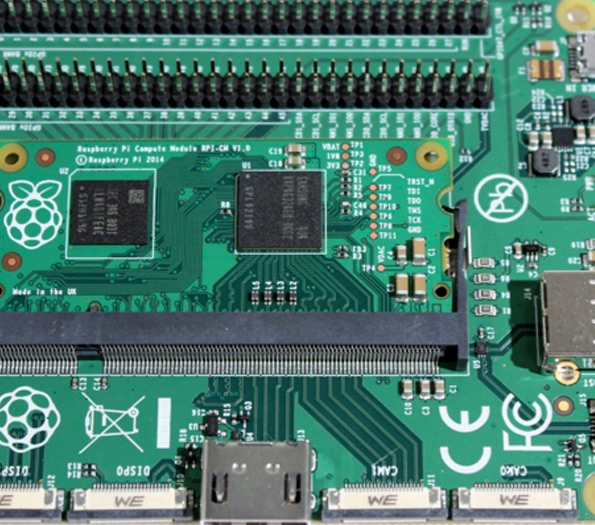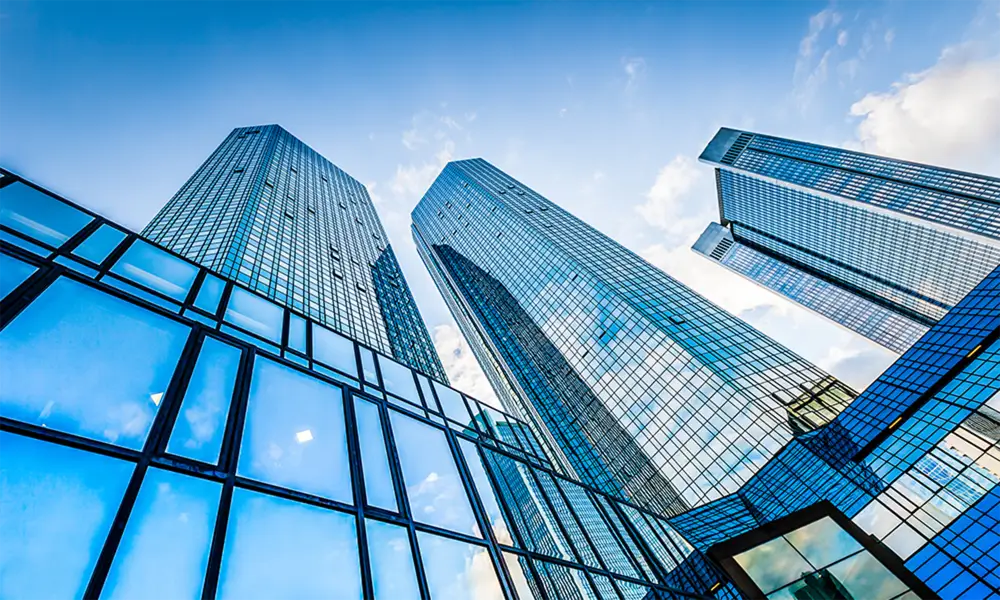Understanding and choosing the right Low-E glass options involve delving into specialized knowledge critical for any homeowner or construction professional focused on energy efficiency and comfort. Low-E, or low emissivity, glass is a must-consider element when selecting modern windows for both residential and commercial structures. These glass options play a crucial role in controlling thermal energy transfer through windows, contributing significantly to energy savings and indoor comfort across varying climates and building requirements.

Low-E glass is distinguished by its microscopically thin coating designed to minimize the amount of ultraviolet and infrared light that can pass through glass without compromising the amount of visible light transmitted. This unique property makes Low-E glass particularly effective at improving a building's insulation, capable of reflecting heat during the summer while retaining it in the winter. The result is a notable reduction in heating and cooling costs, which not only improves energy efficiency but also enhances the occupancy experience through better temperature regulation.
Several types of Low-E glass coatings are available, each tailored to different geographic locations, window orientations, and energy efficiency goals. Primarily, Low-E coatings are categorized into two types passive and solar control. Passive Low-E coatings are optimal for colder climates, effectively minimizing heat escape from the interior of a building to the outside. This makes them ideal for areas where heating costs are a primary concern, as they keep homes warmer during the frigid months without relying heavily on artificial heating systems. In comparison, solar control Low-E coatings are best suited for hotter climates as they reflect sunlight and reduce the amount of heat entering the building, thereby reducing the need for air conditioning.

One commonly adopted Low-E glass option is the hard coat, forged by applying the Low-E coating during the glass manufacturing process, creating a durable layer that bonds strongly with the glass surface. This type of Low-E glass excels in resistance to damage and is often used in single glazing installations, though it can be less efficient than its counterparts in terms of energy performance.
Conversely, soft coat Low-E glass is applied after the glass process in a vacuum chamber, which results in superior performance in terms of insulation and emissivity. Although softer coats are more susceptible to physical damage, they provide exceptional thermal performance and are often used in double or triple glazing products, making them more suitable for modern energy-efficient constructions.
low e glass options
A crucial aspect to consider when selecting Low-E glass is the U-value, which measures the rate of heat transfer through the glass.
Lower U-values indicate better insulating properties. Equally important is the Solar Heat Gain Coefficient (SHGC), which quantifies the amount of solar radiation that passes through the glass. Ideal SHGC values will vary depending on the climate high SHGC is beneficial in colder areas to allow more natural heat in, while lower values are preferred in hotter climates to reduce cooling loads.
Another key consideration is the Visible Transmittance (VT), which measures the amount of visible light transmitted through the glass. Depending on preference and location, a balance needs to be struck between energy efficiency and the desired natural lighting.
The integration of Low-E glass into modern building designs not only impacts energy savings and thermal comfort but also plays a pivotal role in contributing to sustainability efforts and adherence to evolving building codes and standards. By investing in high-quality Low-E glass, building owners can significantly lower their carbon footprint, aligning with global initiatives to combat climate change.
In conclusion, selecting the appropriate Low-E glass option demands careful consideration of climate conditions, building orientation, and specific energy goals. With advancements in Low-E technology, aligning the right glass type with the unique needs of a project can enhance the livability of spaces while providing smart, eco-friendly solutions that adhere to contemporary energy efficiency standards. Collaborating with suppliers and industry experts ensures accessing the latest innovations, thereby guaranteeing premium results and satisfaction in any building project.



